#artist is romaine brooks
Text

#artist is sebastiano de piombo#artist is frederique brunner#artist is quinten metsys#artist is fatima ronquillo#artist is bartolomeo veneto#artist is louis jean francois lagrenee#artist is joseph dorffmeister#cant find the artist#this piece is from the workshop of rubens#artist is sophie anderson#-cant find the artist#artist is hieronymus bosch#aartist is hubery van eyck and jan van eyck#artist is m k ciurlionis amzinybe#artist is clive hicks-jenkins#artist is max bruckner#artist is hermann hendrich#artist is edward steichen#artist is john william waterhouse#artist is antonin hudecek#artist is sir frank dicksee#artist is louis welden hawkins#artist is romaine brooks#artist is anna & elena balbusso#artist is armand point#artist is francesco balsmo#artist is dean cornwell#artist is alexander rothaug#artist is josef manes#artist is edmund dulac
0 notes
Text

Woman with Flowers aka Spring
Romaine Brooks
oil on canvas, ca. 1912
529 notes
·
View notes
Text
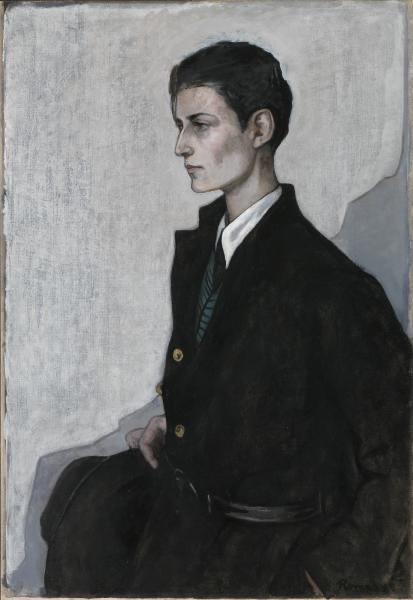
Peter (A Young English Girl) | 1924
This portrait by lesbian painter Romaine Brooks depicts gender non-conforming lesbian artist Gluck, who refused gendered titles and was known within their inner circles as the chosen names Peter or Hig.
3K notes
·
View notes
Text

Romaine Brooks (1874-1970)
"Una, Lady Troubridge" (1924)
Oil on canvas
Located in the Smithsonian American Art Museum, Washington DC, United States
Una Troubridge was a British aristocrat, literary translator, and the lover of Radclyffe Hall, author of the 1928 groundbreaking lesbian novel, "The Well of Loneliness." Troubridge appears with a sense of formality and importance typical of upper-class portraiture, but with the sitter's prized dachshunds in place of the traditional hunting dog. Troubridge's impeccably tailored clothing, cravat, and bobbed hair convey the fashionable and daring androgyny associated with the so-called new woman. Her monocle suggested multiple symbolic associations to contemporary British audiences: it alluded to Troubridge's upper-class status, her Englishness, her sense of rebellion, and possibly her lesbian identity.
#paintings#art#artwork#genre painting#female portrait#romaine brooks#oil on canvas#fine art#smithsonian american art museum#museum#art gallery#american artist#portrait of a woman#dogs#animals#history#lesbian#lesbians#lgbtq#lgbt+#lgbtqia#lgbt#queer#english aristocrat#aristocracy#1920s#early 1900s#early 20th century#clothing#clothes
675 notes
·
View notes
Text
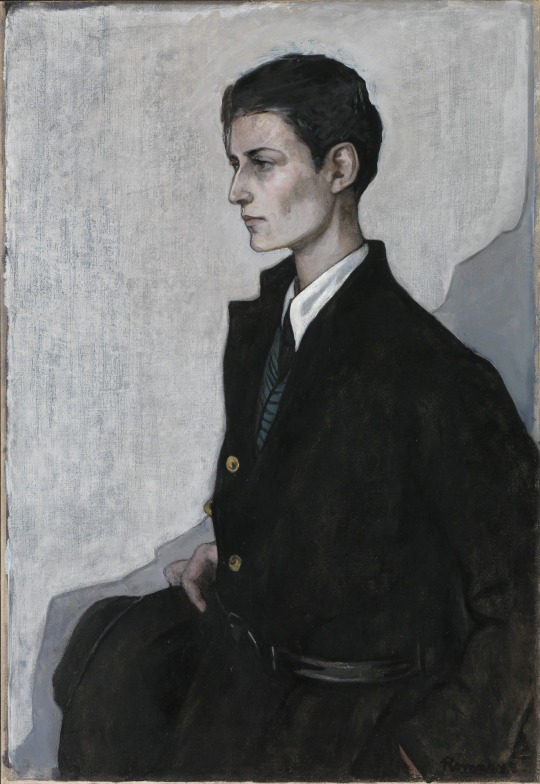
Romaine Brooks ~ Peter (A Young English Girl), 1923-1924, oil on canvas SAAM-1970.70_2
Peter depicts British painter Hannah Gluckstein, heir to a catering empire who adopted the genderless professional name Gluck in the early 1920s. By the time Brooks met her at one of Natalie Barney's literary salons, Gluckstein had begun using the name Peyter (Peter) Gluck. She unapologetically wore men's suits and fedoras, clearly asserting the association between androgyny and lesbian identity. Brooks's carefully nuanced palette and quiet, empty space produced an image of refined and austere modernity. ~ The Art of Romaine Brooks, 2016
view more on wordPress

Gluck (Hannah Gluckstein) (1895-1978) by unknown. From : Gluck : Art and Identity | src NYT
view more on wordPress
#Gluck#Hannah Gluckstein#a queer eye#lgbtgia+#LGBTQ#1920s#romaine brooks#women artists#women painters#women photographers#painting#androgynous#gemälde#oil on canvas#portrait#ritratto#retrato#Bildnis#Aufnahme#gender#1930s#lesbian pride#lesbian identity#gender and identity#androgyne aesthetic#androgyne pride#photography
332 notes
·
View notes
Photo

Romaine Brooks, Self-Portrait, 1923
#romaine brooks#art#womens art#art history#painting#self portrait#Women Artists#womeninart#lesbian art#20th century art#1920s#lesbian history
129 notes
·
View notes
Text
Women's History Month
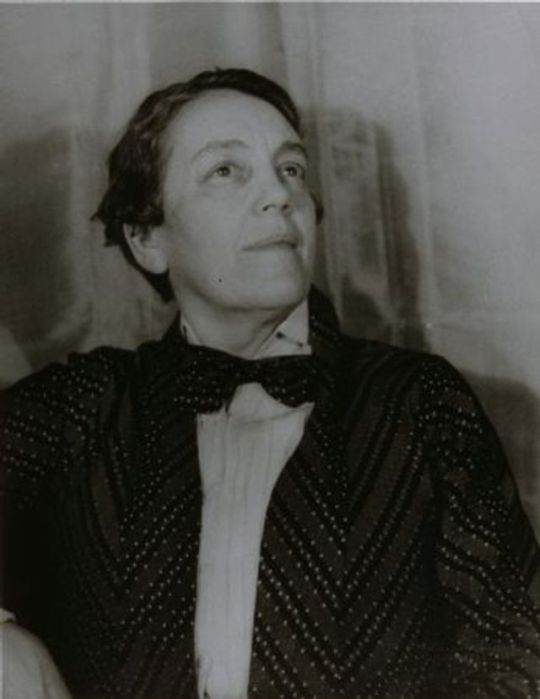
Romaine Brooks (American, 1874 - 1970)

Renata Borgatti, Au Piano • 1920
Renata Borgatti (1894-1964) was an Italian classical pianist who performed in Europe and the United States.
#art#painting#fine art#art history#woman painter#queer artist#lgbtq+ artist#woman pianist#romaine brooks#american artist#female painter#portrait#musicians in artworks#oil painting#20th century american art#1920s art#pagan sphinx art blog#women's history month
19 notes
·
View notes
Text

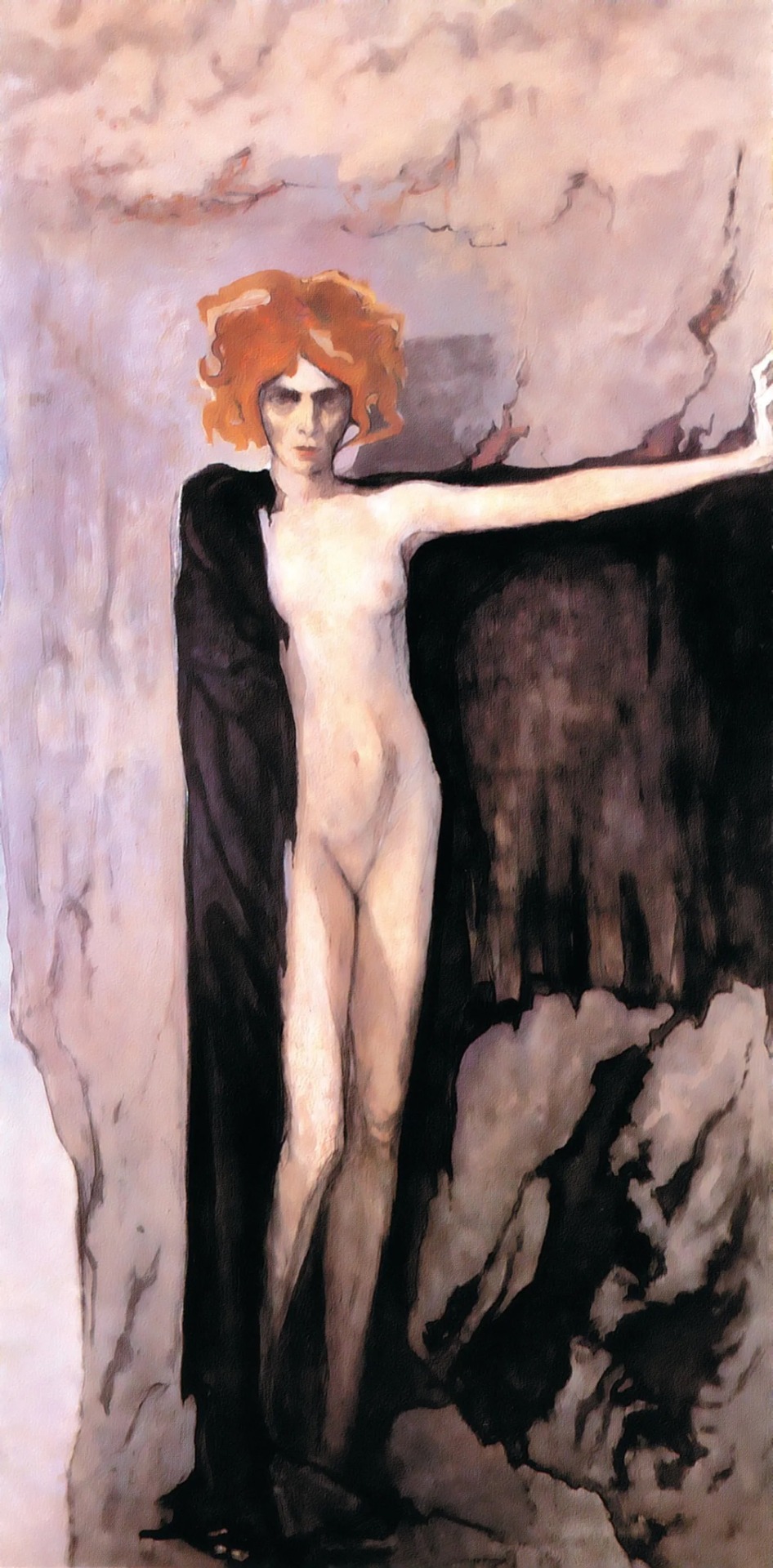
Luisa Casati
Romaine Brooks, Marchesa Luisa Casati, 1920
#luisa casati#romaine brooks#american painter#american artist#portrait#portrait painting#portrait photography#portrait art#portraiture#nude study#nude portrait#art on tumblr#aristocracy#modern art#art history#aesthetictumblr#tumblraesthetic#tumblrpic#tumblrpictures#tumblr art#aesthetic#tumblrstyle#beauty
10 notes
·
View notes
Text

Peter, A Young English Girl by Romaine Brooke. Peter depicts British painter Hannah Gluckstein, heir to a catering empire who adopted the genderless professional name Gluck in the early 1920s. By the time Brooks met her at one of Natalie Barney's literary salons, Gluckstein had begun using the name Peyter (Peter) Gluck. She unapologetically wore men's suits and fedoras, clearly asserting the association between androgyny and lesbian identity.
#art#lesbian art#lgbt art#lesbian artist#lgbt artist#gay art#romaine brooks#gluck#romaine brooke#1920s
13 notes
·
View notes
Photo
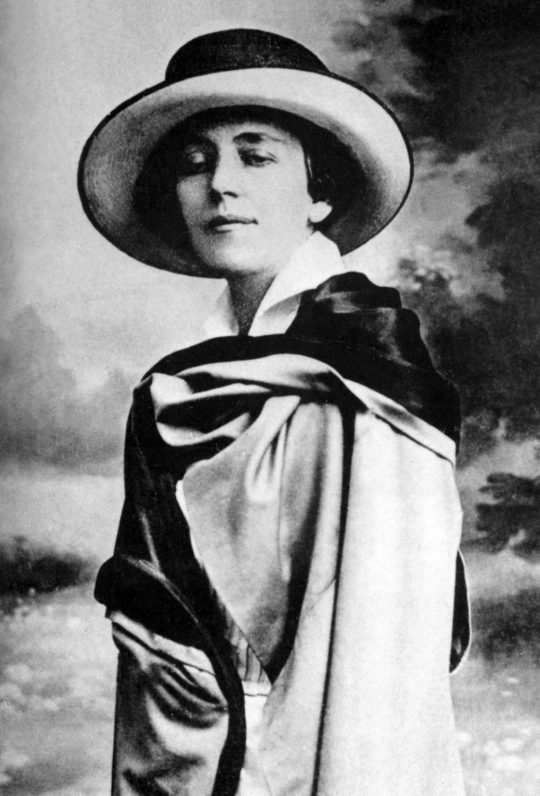
28 notes
·
View notes
Text

Romaine Brooks (1874 - 1970), "Autoportrait" (1923).
8 notes
·
View notes
Text
SS1: The Spectacularly Bold Queer Portraiture of Romaine Brooks




Hello world!
As part of my own learning journey and the joy I get from sharing interesting art facts with others, I’ve decided to jumpstart a series called Sunday Studies, in which I dive a little deeper into the stories of lesser known artists and movements.
For the first edition of Sunday Studies, I want to bring attention to the sophisticated practice of Romaine Brooks, known for intimate gray tonal portraits of fellow artists, writers, and scholars. Brooks openly identified as a lesbian and had a long-term open relationship with writer Natalie Clifford Barney until the end of her life. Barney owned a literary salon in the Left Bank of Paris, where Brooks met most of her subjects - who were often also queer and gender nonconforming. Notable individuals Brooks portrayed include fellow painter Gluck, sculptor Una Troubridge, performer Ida Rubinstein, and musician Renata Borgatti. The American novelist Truman Capote - best known for penning Breakfast at Tiffany’s - referred to Brooks’ studio after a 1940s visit as "the all-time ultimate gallery of all the famous dykes from 1880 to 1935 or thereabouts.”
Aside from her artistic practice, Brooks cultivated an elegantly androgynous sense of style. She opted for shorter haircuts and men’s clothes, often accessorizing with top hats, ties, and gloves. The circle of women at Barney’s salon could be found wearing similar fashions, playing with the notions of gender by wearing both men and women's clothing. While these fashion choices offered an alternative method of expression, it was also a wider practice in the early 20th century lesbian community of Western Europe to adopt non-conventionally feminine styles to signal one’s sexuality. Brooks not only captured herself in more masculine dress for her self-portrait, but also rendered Gluck and Troubridge in tailored men’s finery. The portraits stray far from the standard feminine representation of the time, which often focused on themes of domesticity, vulnerability, and sexual submissiveness. Instead, in Brooks' portraits of fellow queer femmes, she highlights direct gazes, commanding poses, and confidence.
Image I: Romaine Brooks, Self-Portrait, 1923, oil on canvas, Smithsonian American Art Museum, Washington D.C. (source).
Image II: Perou, Romaine Brooks, ca. 1910, photographic print, Smithsonian Archives of American Art, Washington D.C. (source).
Image III: Romaine Brooks, Peter (A Young English Girl), 1923-1924, oil on canvas, Smithsonian American Art Museum, Washington D.C. (source).
Image IV: Romaine Brooks, Una, Lady Troubridge, 1924, oil on canvas, Smithsonian American Art, Washington D.C. (source).
#art history#art#history of art#painting#oil painting#Romaine Brooks#lgbtq#lgbtq history#20th century#modern art#queer art#queer art history#queer artist#queer history#Sunday Studies#SS1#gender#gender noncomformity#feminist art#feminism#smithsonian#saam
17 notes
·
View notes
Text

Renata Borgatti, Au Piano
Romaine Brooks
oil on canvas, 1920
58 notes
·
View notes
Text
Gender fluidity in art through self portraiture



Source: arthistoryproject.com
#self portrait#lgbtq artists#lgbtq#art#photography#surrealism#symbolist art#surrealist art#painting#romaine brooks#claude cahun#frida kahlo#artists#gender fluidity
1 note
·
View note
Text
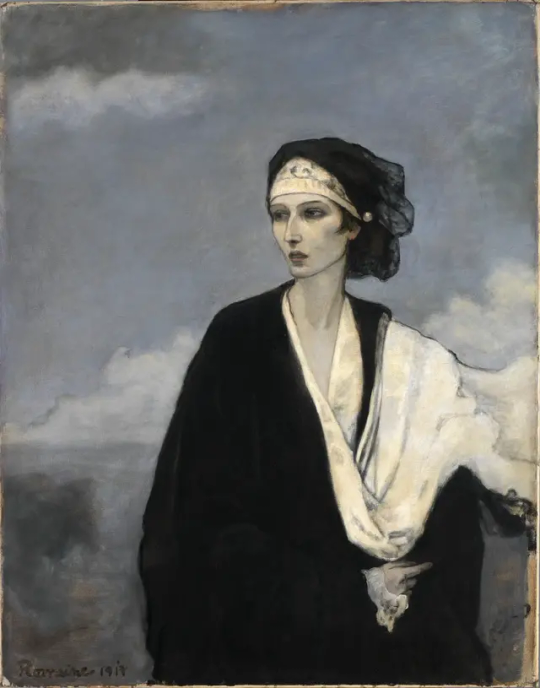
Romaine Brooks (1874-1970)
"Ida Rubinstein" (1917)
Oil on canvas
Symbolist
Located in the Smithsonian American Art Museum, Washington DC, United States
Brooks met Russian dancer and arts patron Ida Rubinstein in Paris after Rubinstein's first performance as the title character in Gabriele D'Annunzio's play "The Martyrdom of St. Sebastian." Rubinstein was already well known for her refined beauty and expressive gestures; she secured her reputation as a daring performer by starring as the male saint in this boundary-pushing show that combined religious history, androgyny, and erotic narrative.
In her autobiographical manuscript, "No Pleasant Memories," Brooks said the inspiration for this portrait came as the two women walked through the Bois de Boulogne on a cold winter morning.
#paintings#art#artwork#genre painting#female portrait#romaine brooks#oil on canvas#fine art#smithsonian american art museum#museum#art gallery#american artist#woman artist#women artists#female artists#history#portrait of a woman#clothing#clothes#1910s#early 1900s#early 20th century
125 notes
·
View notes
Text

Romaine Brooks (1874-1970) ~ Self-Portrait, 1923. Oil on canvas. Smithsonian American Art Museum
With this self-portrait, Brooks envisioned her modernity as an artist and a person. The modulated shades of gray, stylized forms, and psychological gravity exemplify her deep commitment to aesthetic principles. The shaded, direct gaze conveys a commanding and confident presence, an attitude more typically associated with her male counterparts. The riding hat and coat and masculine tailoring recall conventions continue reading
view & read more on wordPress
#romaine brooks#beatrice romaine goddard#women artists#selbsporträt#selfportrait#autoportrait#1920s#lgbtq#lgbt#new woman#neue frau#androgynous#oil on canvas#painting#gemalde
173 notes
·
View notes